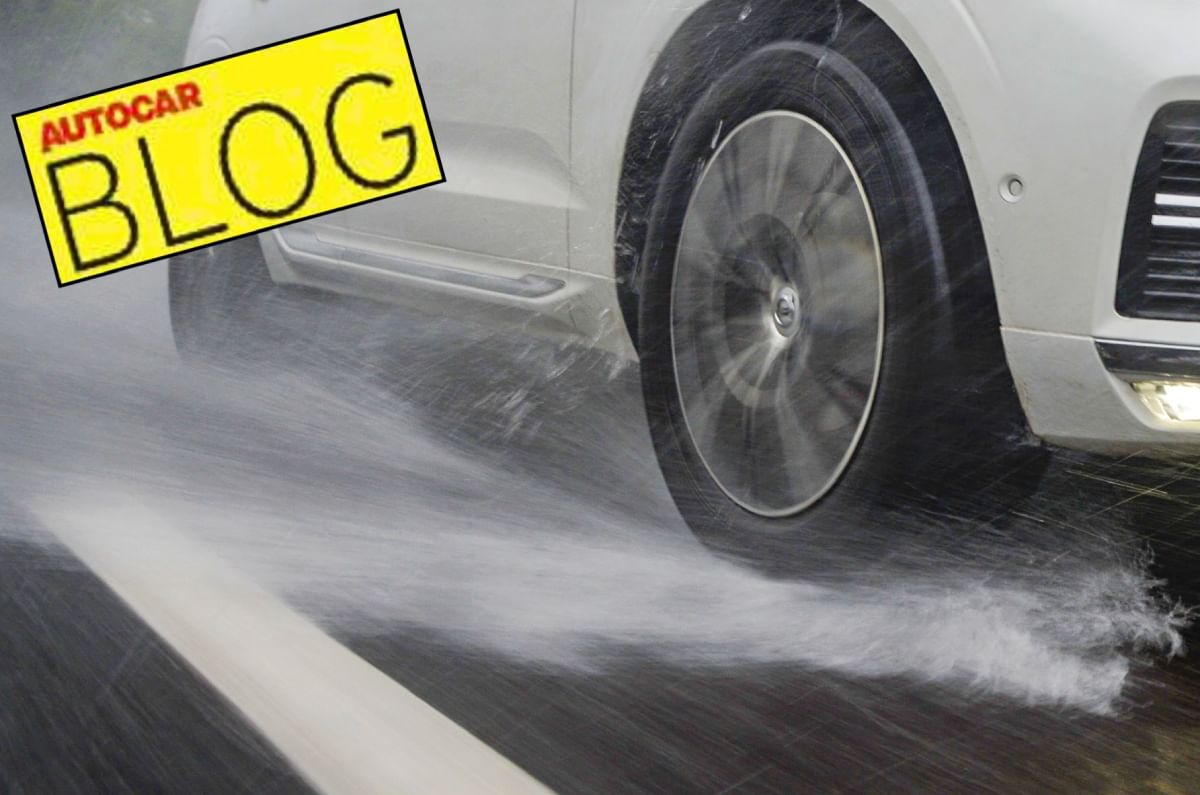
Imagine this; one minute you are enjoying a brisk drive along a wet road, the sound of wipers gently slapping on the windscreen and the sound of your tyres cutting through the water adding to the charm. The road ahead is open and clear and visibility is good, so you are carrying a fair amount of speed. Then, without warning, you enter a big puddle at speed, and something terrible happens: your car suddenly and violently changes direction and heads straight for the barrier… CRUNCH! What just happened? Did something fail on the car? Was your car hit from the rear? Did you have a tyre blow out? Often, it’s none of the above. Your car has just aquaplaned.
A phenomenon where the tread of your tyre stops cutting through the water and/or displacing it and begins to ride on top of the water, aquaplaning often results in a temporary loss of traction. This, at times, results in a crash, especially if one side of the car suddenly slows more than the other causing a yawing motion. Factors that contribute to this are an excess of water on the road, low tread depth on your tyres, or excess speed; a combination of all three factors being the most likely scenario.
This is a problem that is rampant in India. And no, it’s not the monsoon that is the root cause, it’s the combination of roads with poor drainage, the use of worn tyres and, of course, an excess of speed for the conditions. And this is doubly true for high-performance cars running ultra-sticky, track-focused rubber.
What makes things worse is that we often ignore the warning signs. Yes, you read that right, drivers often get warning signs that often crop up before a big loss of grip. These include sudden and momentary jerks on the steering wheel soon after entering a big patch of water (as the tyres rise up on the water), an increase in engine speed as traction is lost, and the illumination of the traction control system and ESP (Electronic Stability Program) warning lights. While the last thing you should do is hit the brakes and reduce grip further, this is a clear warning to ease off the gas and slow down progressively, without upsetting the composure of the car.
Thing is, aquaplaning can occur at speeds as low as 70kph. And what makes things worse is that with the drains on our roads clogged with garbage and water often collecting on one side of the road, large and sometimes deep patches of water are the rule rather than the exception. Haven’t you seen them often? And it’s not just about slowing down. Drivers need to understand the limitations of their tyres and drive accordingly, avoiding the danger zone entirely. So remember, worn tyres are a huge risk, track-spec rubber is not for our often-flooded highways (only Formula 1 tyres can drain 85 litres a second), and if you get the warning signs… pay attention! Slow down smoothly! Stay safe. Spread the word.
Also see:

